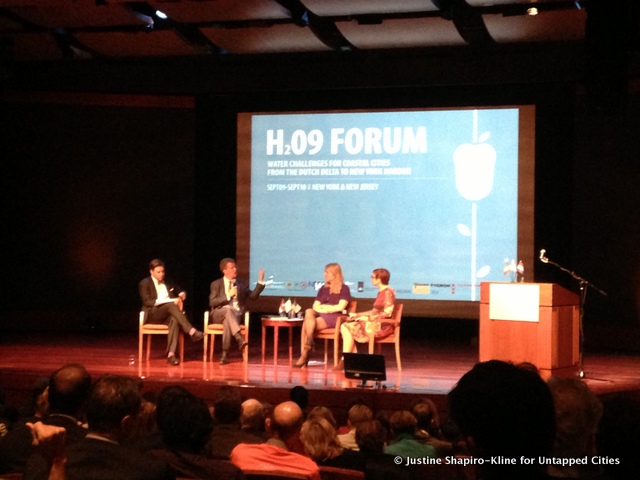
Four years after New Yorkers and Dutch citizens came together to celebrate the 400th anniversary of Henry Hudson’s arrival in New Amsterdam, what appeared to be a momentary connection has reemerged as a dialogue about the challenges of living with water on both sides of the Atlantic. Recently, the H209 Forum by Columbia University’s Center for Urban Real Estate (CURE) convened a range of policy makers and experts involved in the Netherlands’ water management and New York City’s post-Sandy resilience efforts to present and discuss their work.
The Forum alternated between presentations of successfully implemented projects and updates on New York City’s planning process. Working groups, formed expressly for the Forum, reported their recommendations and visions for three particularly vulnerable parts of the region: Lower Manhattan, Jamaica Bay, and the Jersey Shore.
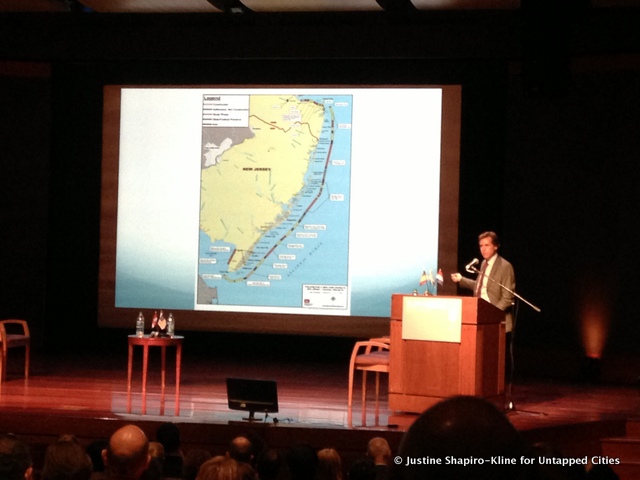
In Lower Manhattan, the team identified three timeframes for action, the key being their seamless transition. Short term strategies prioritized human safety and natural coastline interventions, while their long-term vision included a super-levee (not unlike what a future Seaport City might entail) that could carry a highway and support new parks and development.
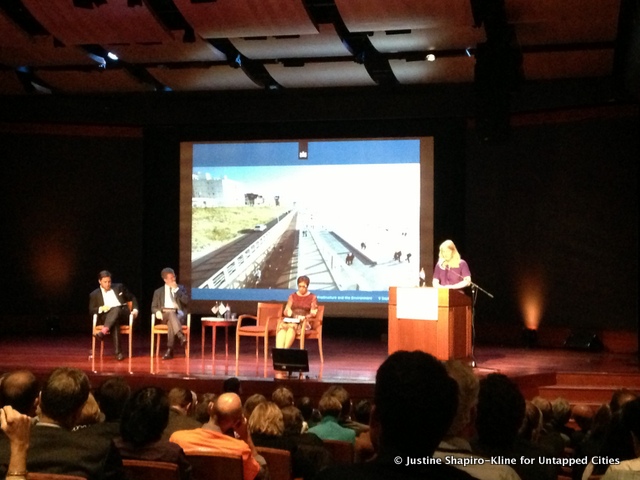
The Jamaica Bay team highlighted the area’s mobility, infrastructure, and ecological challenges. Losing transit in the Rockaways after Sandy reinforced for them not only the importance of an integrated approach to rebuilding but also how connectivity plays a critical role in social and economic vulnerability. David Waggoner, a New Orleans architect who founded Dutch Dialogues after Katrina, presented ways to slow water down as an alternative to holding back storm surge or sending precipitation directly into the sewer system.
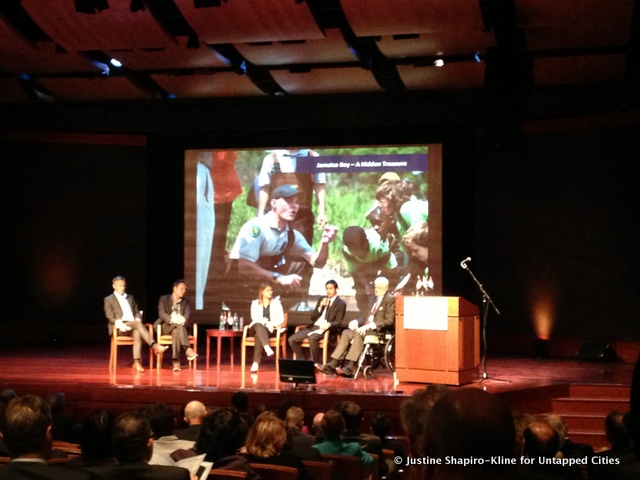
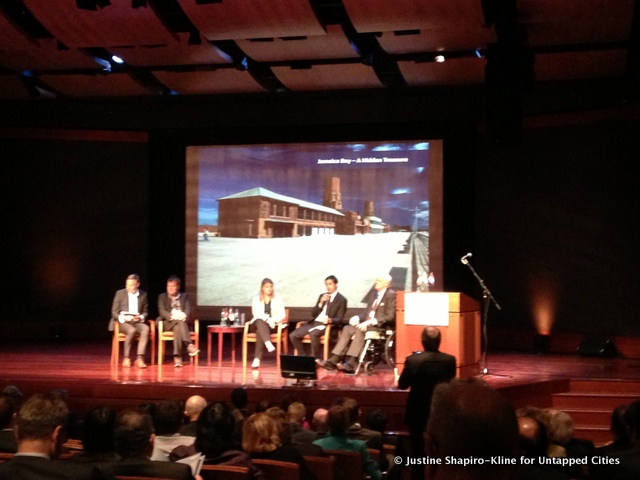
In New Jersey, the proposals introduced the need to tackle the entire coastline as a system, incorporating both natural and infrastructural defenses to work independently and in concert. Unlike in Lower Manhattan, the presentation included the results of an extensive US Army Corps of Engineers study, parts of which had been implemented, parts of which await funding. A second piece of the New Jersey presentation included specific, architectural interventions such as community facilities and elevated multi-unit housing, proposed by students from New Jersey Institute of Technology.
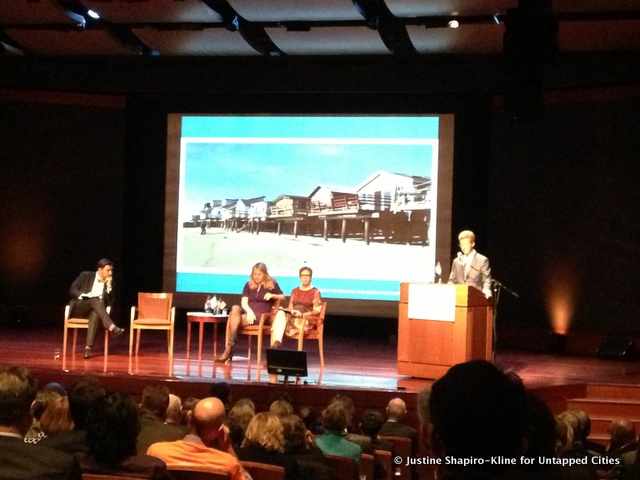
Venetia Lanon from the New York State Department of Environmental Conservation summed up the day’s presentations with her observation that we have a limited number of tools for increasing New York City’s resilience, and we need to use them all. The question remains which tools are most appropriate for which parts of the city—and how to coordinate their implementation.
Read more about the city’s resiliency plans for Jamaica Bay and the Rockaways and about Seaport City.





